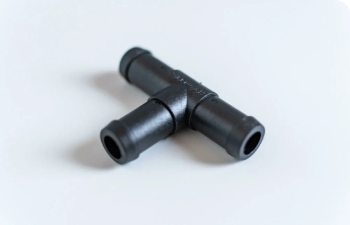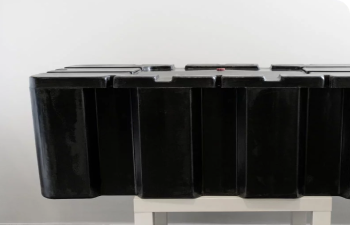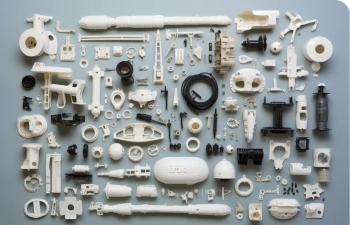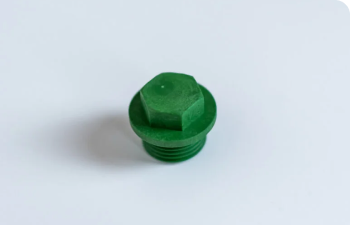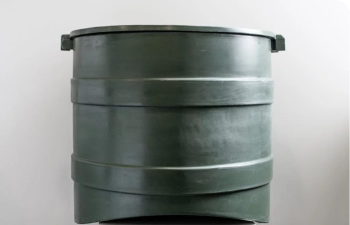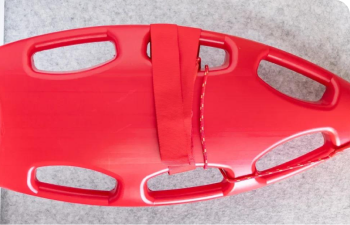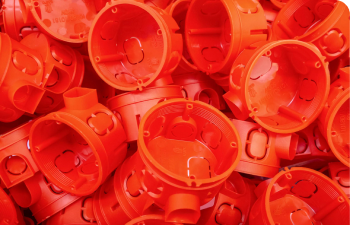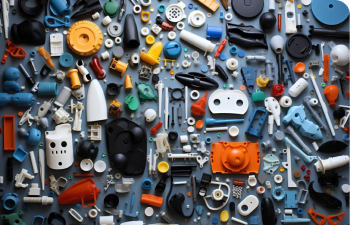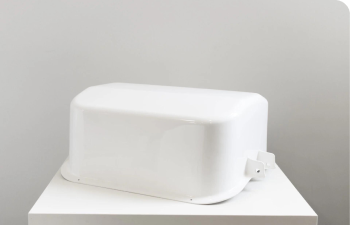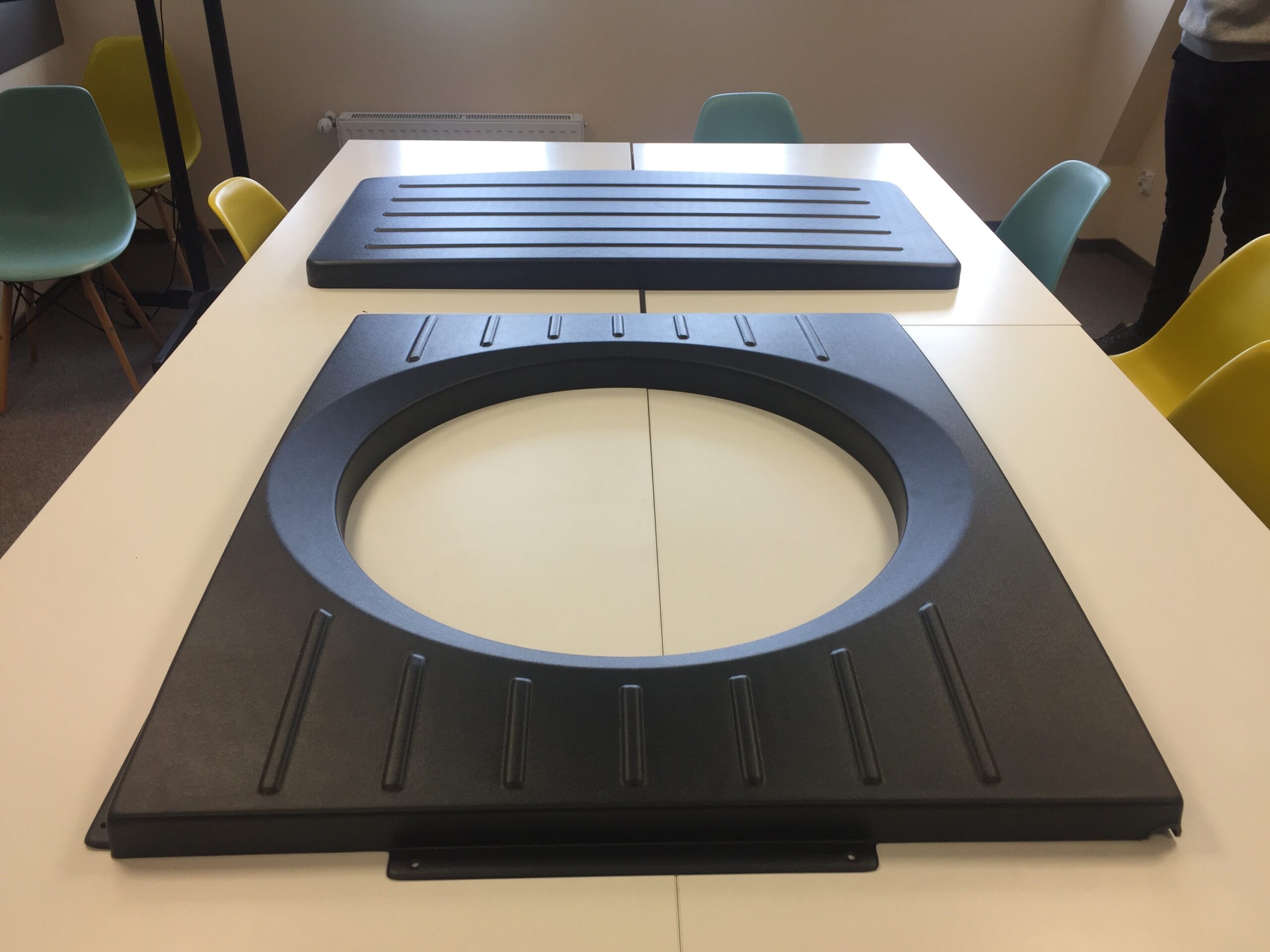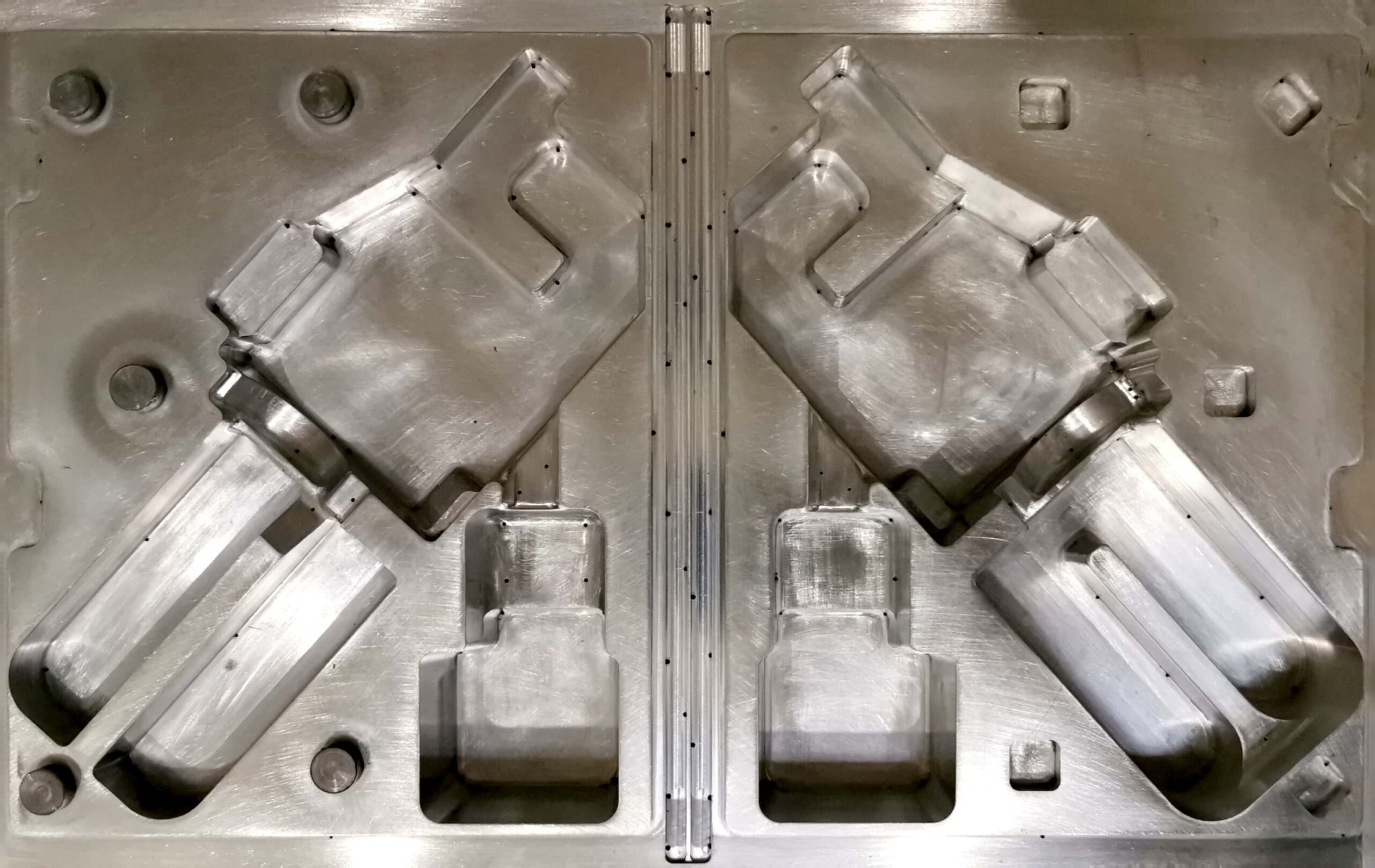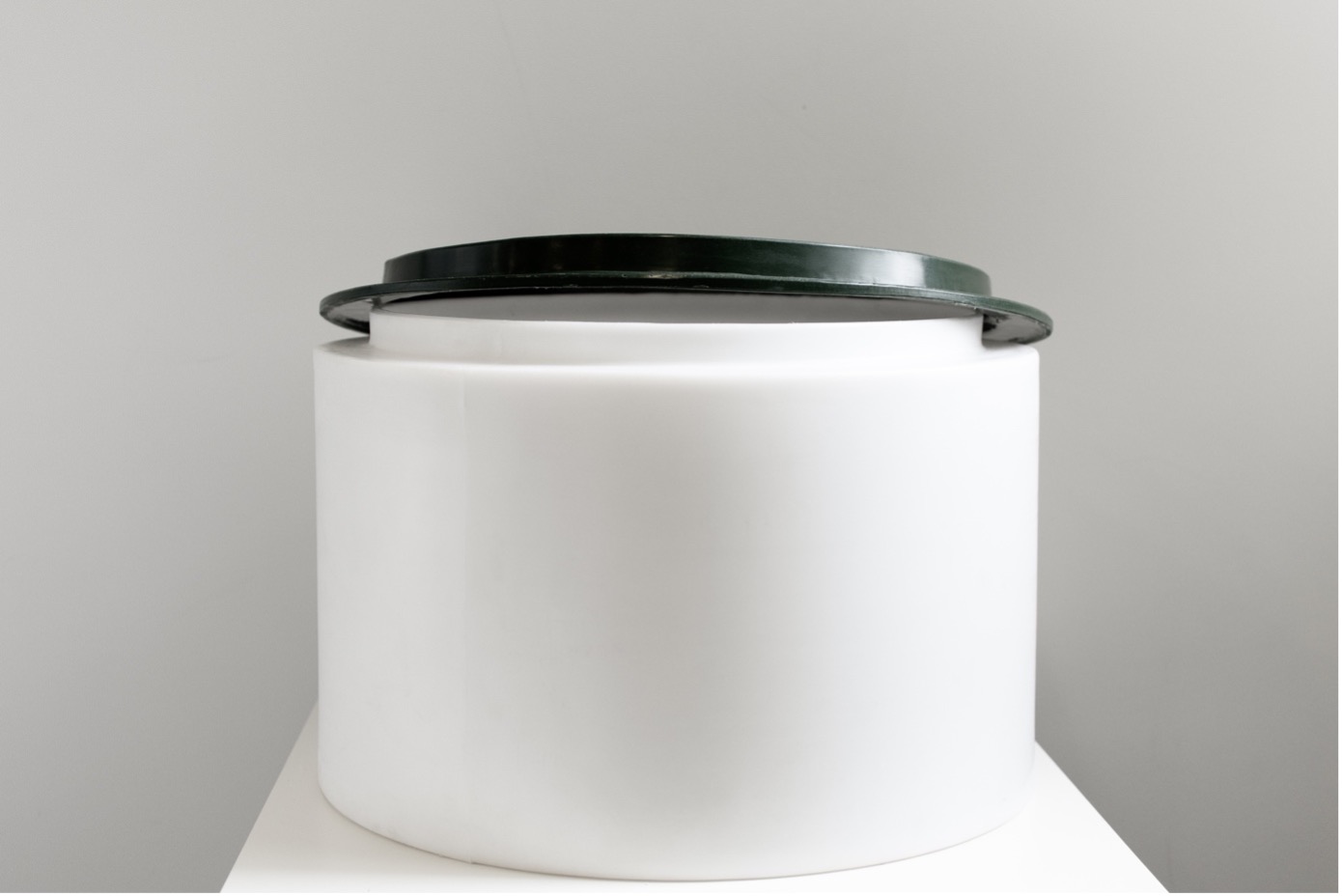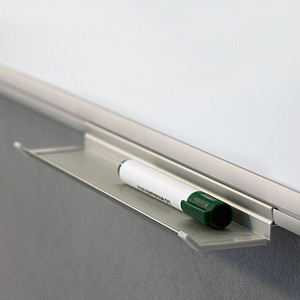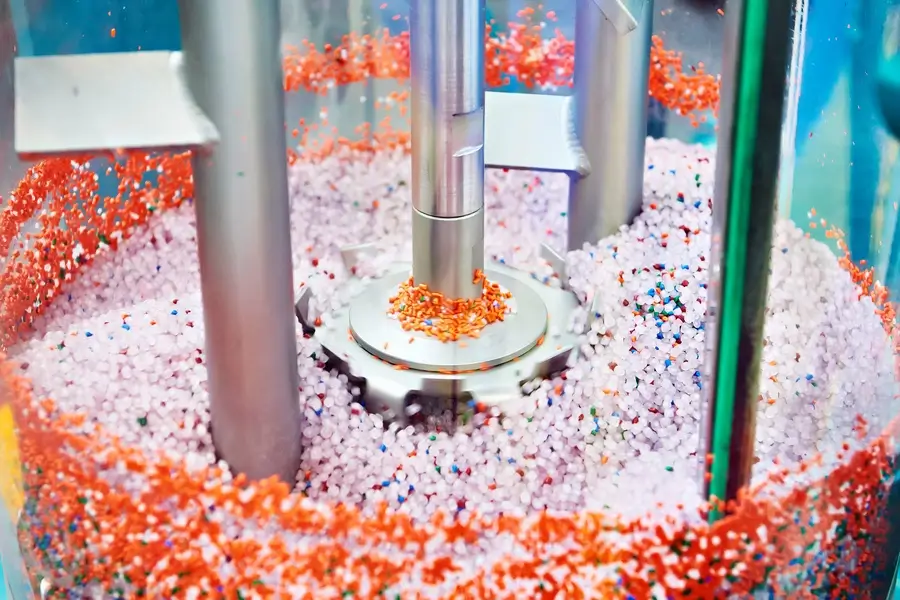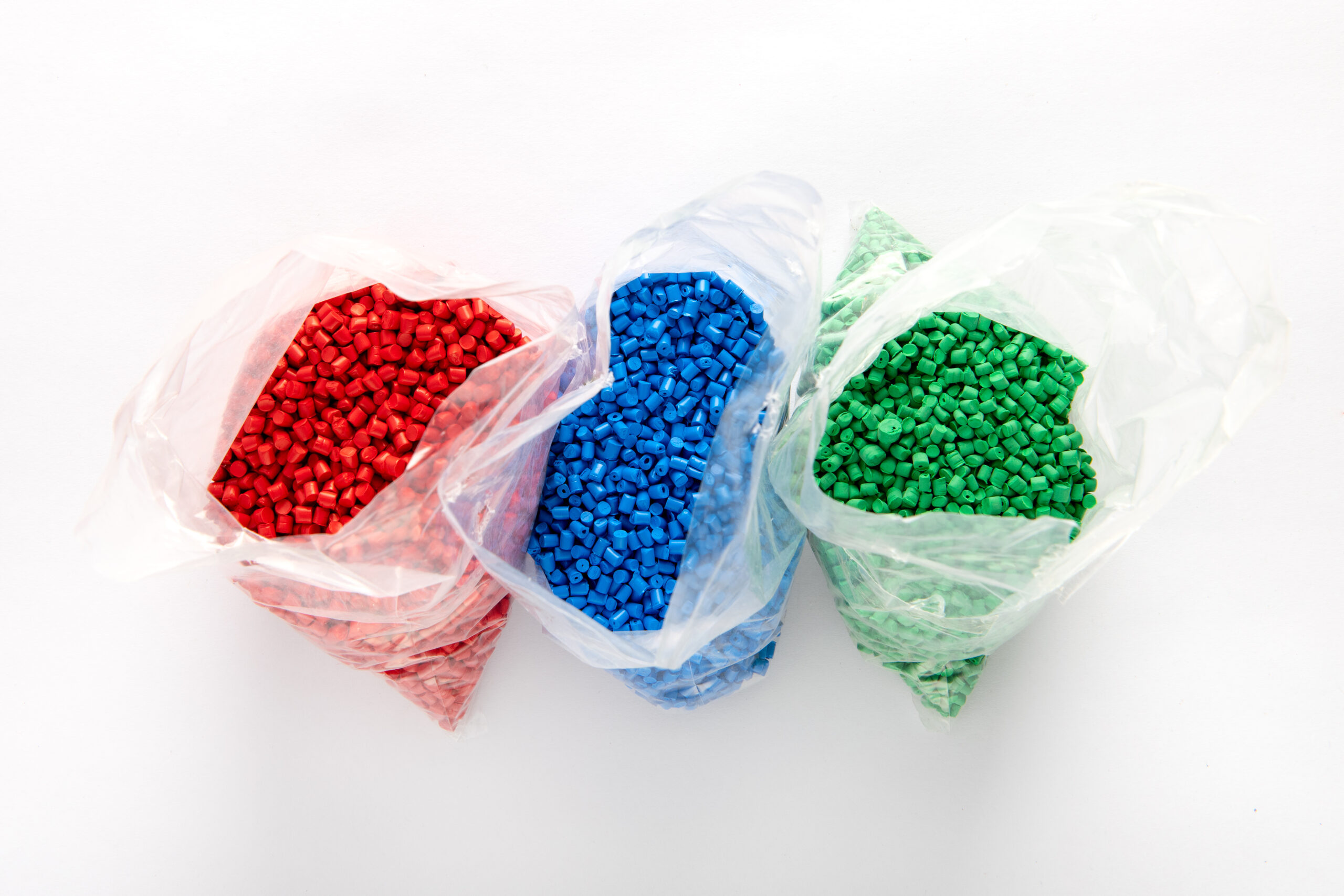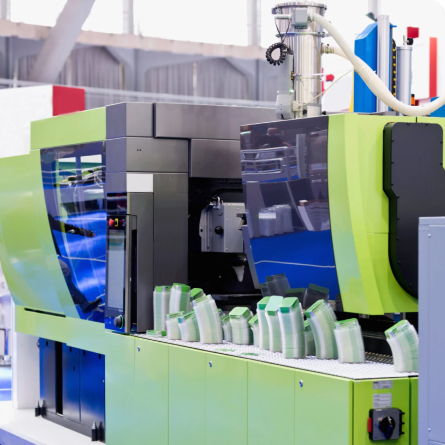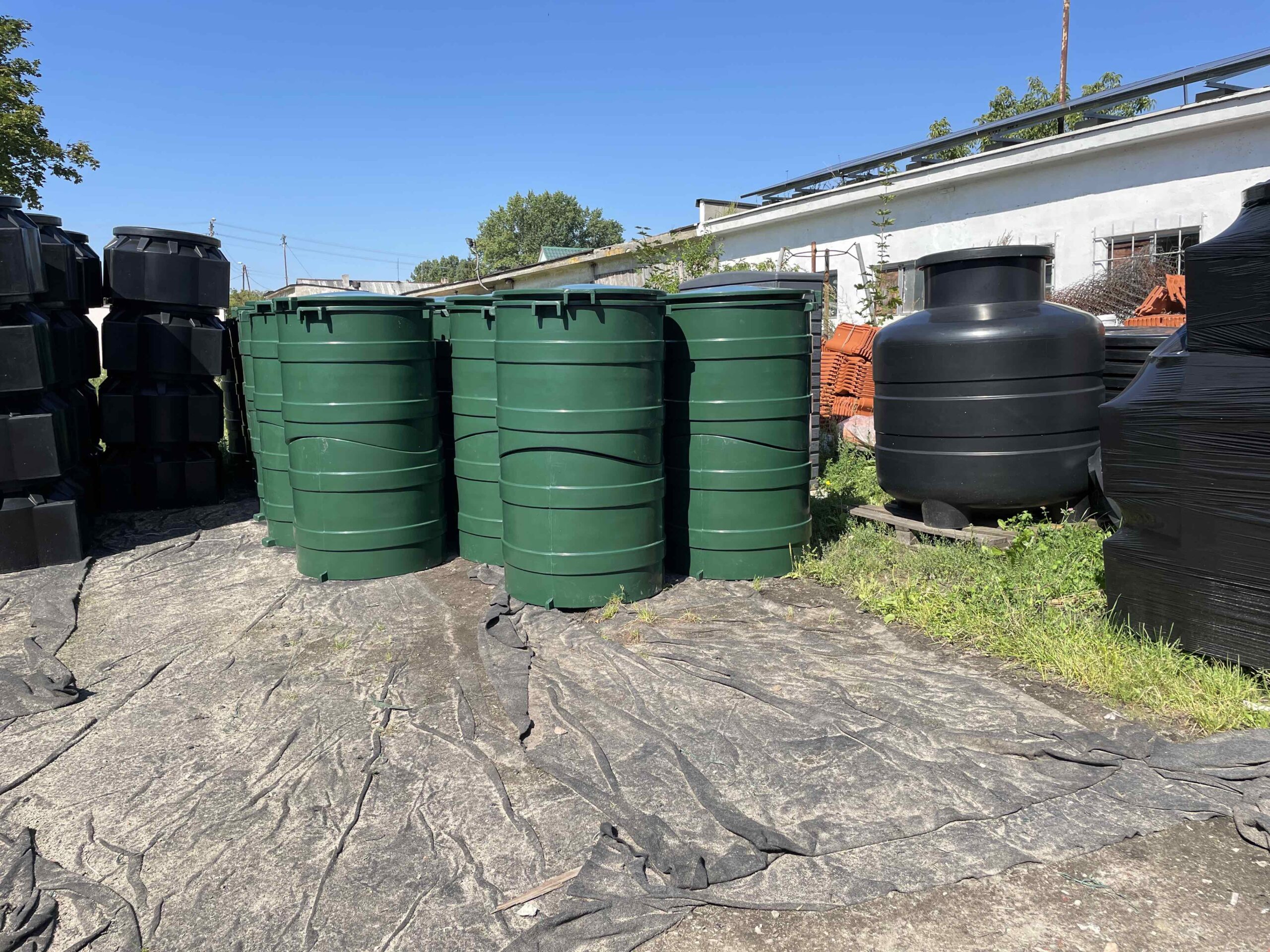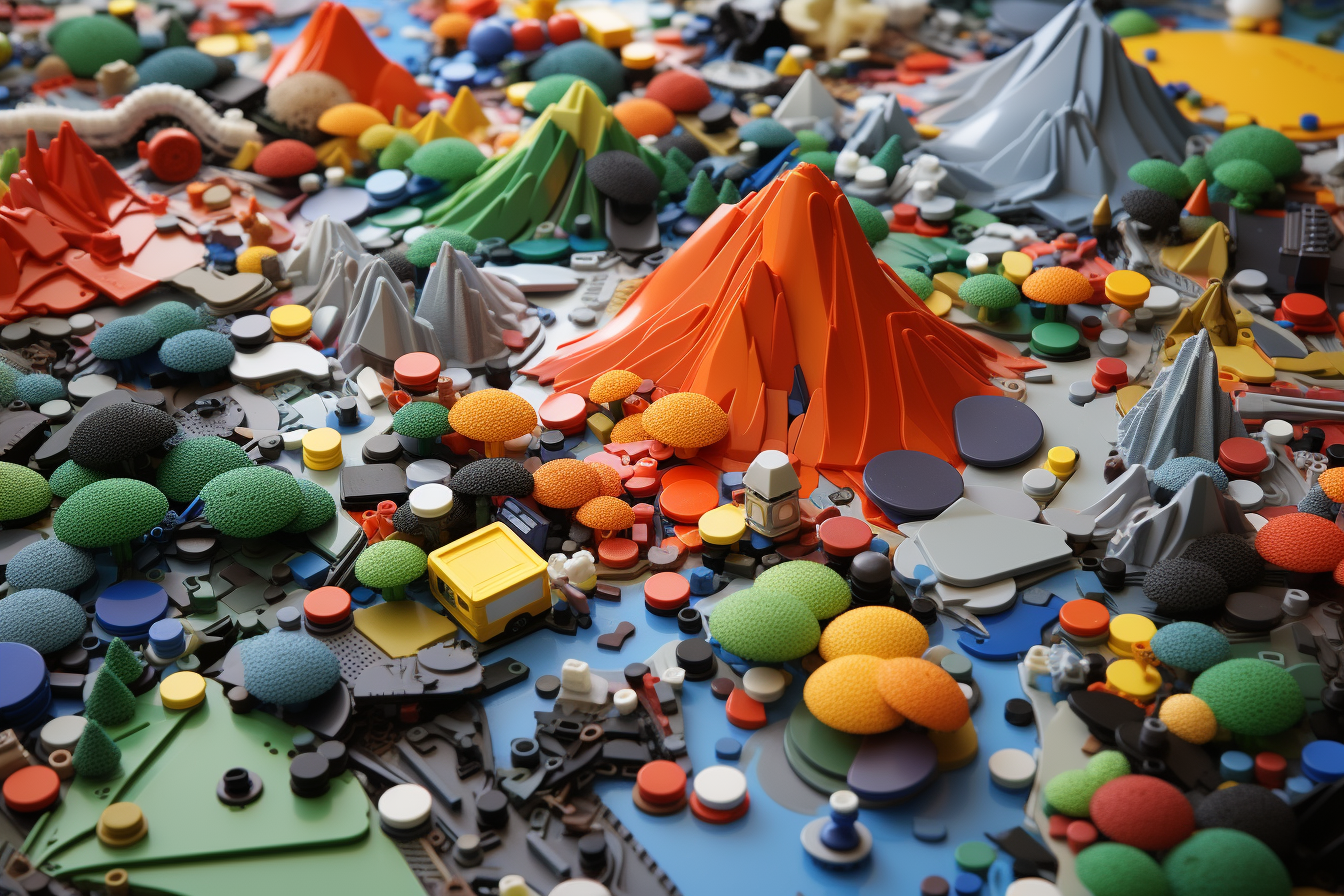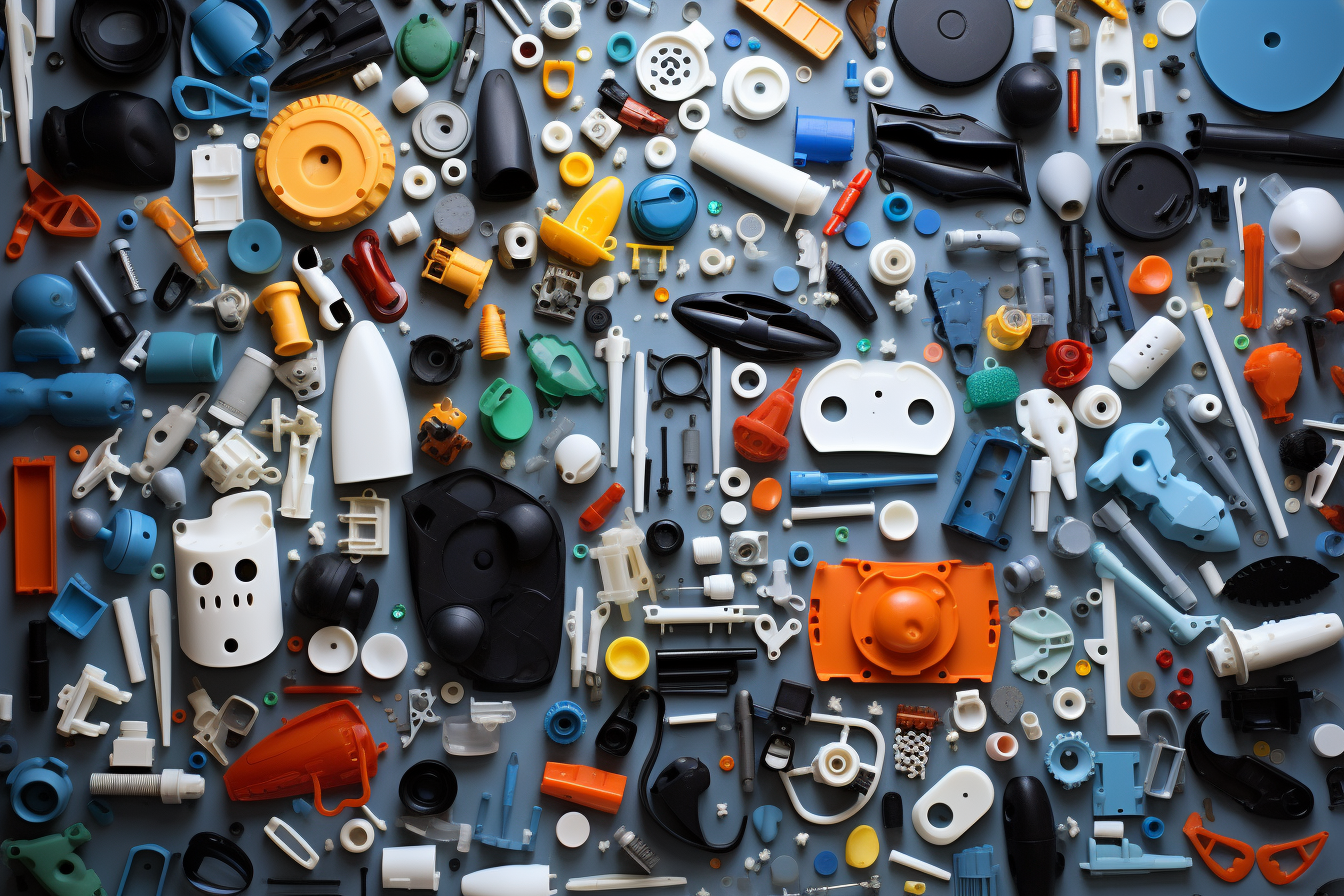Strona główna / Blog / Machining of plastics
Machining of plastics
Check out our wide range of plastic machining options.
What is machining of plastics?
Machining of plastics it involves removing material from the product at specific locations. This can include, for example, cutting out elements from a sheet using laser or high-pressure water, or milling, which is the removal of material using a suitably shaped tool from a block.
When is plastic machining used?
Tools for plastic processing are characterized by high implementation costs. Their production can often take weeks or months, resulting in high costs. Therefore, if the number of pieces to be produced is not large, it is worth using the machining method. This reduces costs and saves time, as this technology does not require the creation of molds. When planning machining, experience and knowledge in selecting the right material play a key role, as not all plastics can be machined. More flexible and softer plastics are not suitable for machining. The stiffer the plastic, the easier it is to process.
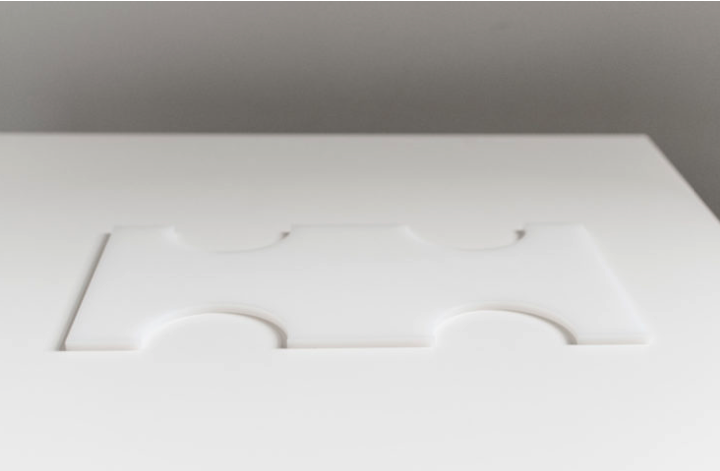
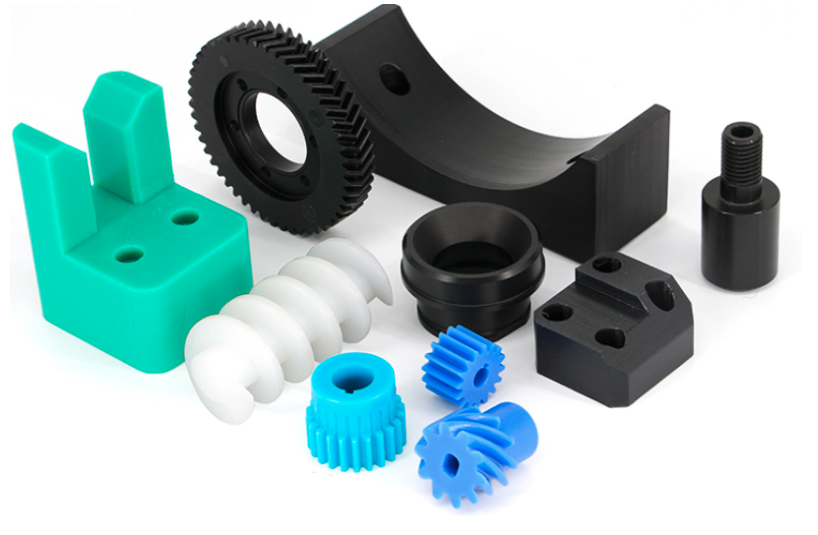
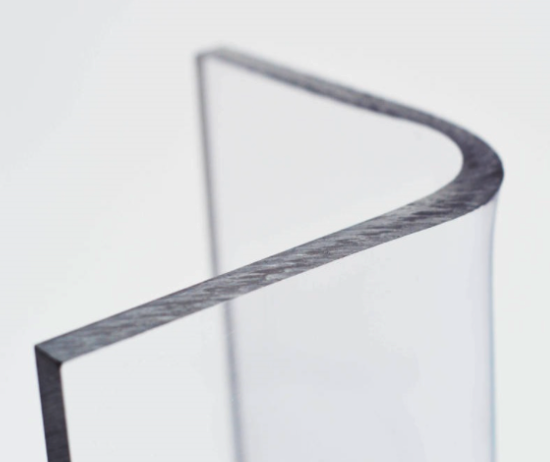
What are the possibilities for machining of plastics?
CNC Machining:
Computer Numerical Control (CNC) machining allows for cutting very complex shapes and elements. This automated method uses various tools including milling, sawing, and even 3D printing – all operated by a computer. Just upload a scheme to selected computer programs (such as G-Code and M-Code), which can then be read, interpreted, and processed.
Bending of plastics
All thermoplastic materials can be bent using heat. Cold bending can be applied to all plastics with a minimum bending radius.
Heat bending
Thermoplastic bending involves using heated bending tools to shape the angle. Under heat, the solid material (e.g., polyethylene) warms up and becomes pliable, allowing it to be bent. The desired bending angle is achieved using a template.
Cold bending
Some materials, such as polycarbonate and PETG (or other custom plastics like Teflon PTFE), can be cold bent under certain conditions using an edge press. Custom plastics can be pre-prepared for the process. This technique provides a very straightforward bend and helps avoid irregular curvature. Simple arcs are produced very efficiently, setup costs are low, and this process does not require any tooling. Most applications for linear bending focus on single or double parallel bends to create objects like rectangular covers and device housings.
Laser Cutting of Plastics
This plastic machining involves cutting operations that generate a certain amount of heat, which can potentially damage the plastic material. During plastic cutting, operators must be careful not to cause thermal distortion. With the proper precautions, sawing is perfectly suitable for cutting plastic sheets to the desired size and shape. Laser cutting provides high precision and shape repeatability, which is crucial for industrial applications. It ensures a high level of product aesthetics and allows for the production of high-quality finished components.
Milling of plastics:
Milling operations involve rotating a cutting tool to remove chips from the stationary workpiece made of plastic. Milling of plastics (CNC milling), in addition to the ability to cut any shapes from sheets, allows the milling machine to create steps, recesses, grooves, non-through holes, and graduated features, as well as more complex 3D spatial forms. Simple milling of sheets is possible as a machining method, and it is used, among other things, for machine housings.
Alternatives to plastic machining .
The unit costs of products created using one of the plastic machining methods are higher than when using a mold and applying a different technology, such as injection molding. That’s why we always analyze whether the initial cost in the form of a mold (in other technologies) will pay off in a reasonable time. If the answer is affirmative, we propose producing the details using a different technology.
What are the advantages of plastic machining?
we can produce both small and large quantities of components
it is ideal for simple components
it offers great flexibility - in case of errors in the initial prototypes, they can be easily corrected and re-produced
fast execution time
very high precision
We use 4 production technologies
Thermoforming
Technology to reduce the time it takes to manufacture plastic products and reduce tooling costs.
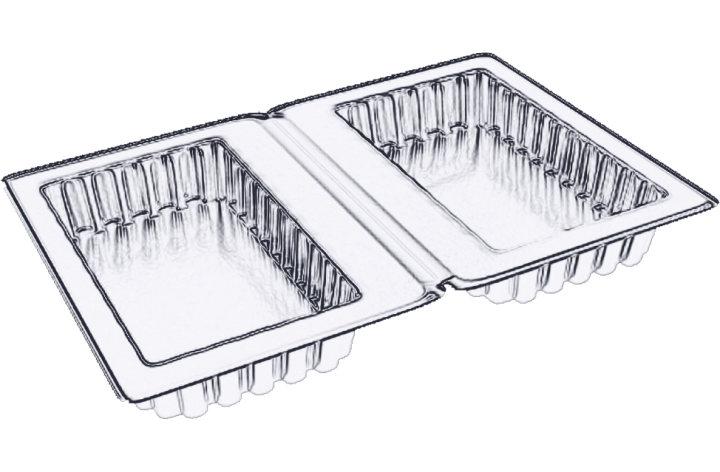
Rotational moulding
Ideal technology for manufacturing large-scale plastic products.
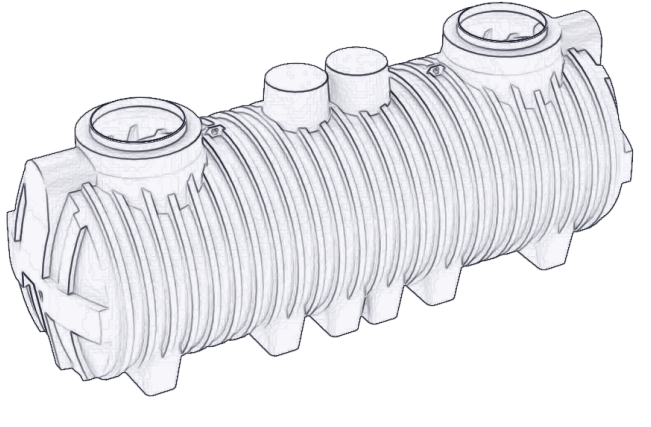
Example application:
- containers for fuel or chemicals
- industrial tanks
- containers for food or water
- canoes and boats
- safety helmets
Injection molding
One of the most efficient and most widely used methods of producing simple as well as complex plastic products.
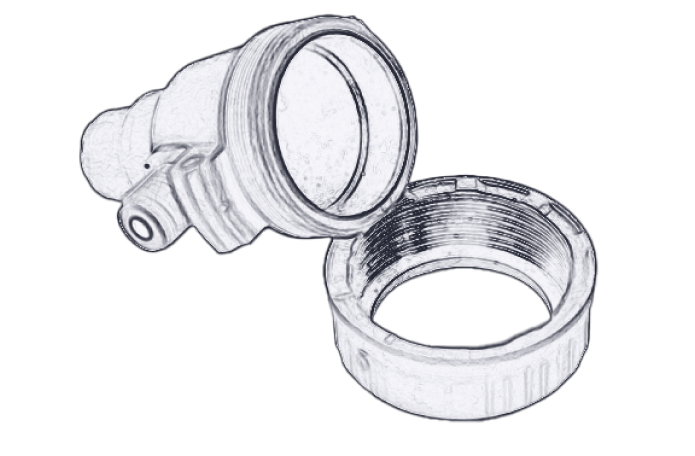
Example application:
- components of household appliances and consumer electronics
- enclosures
- bottle caps
- everyday use items
Extrusion
Ideal technology for large production runs of long components, such as profiles, pipes or gaskets.
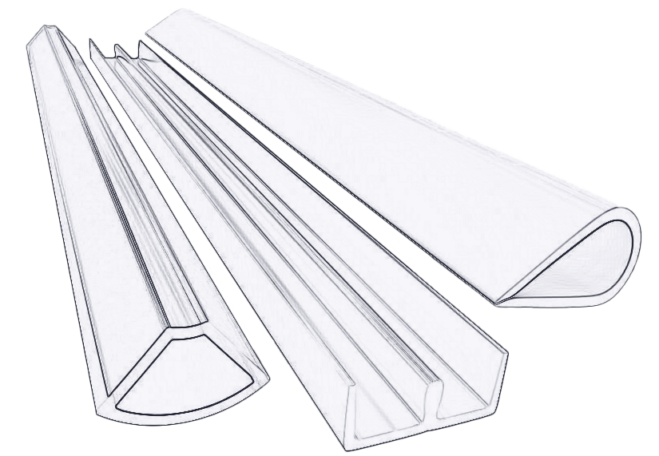
Frequently Asked Questions
There are many methods of processing plastics. These include:
- turning of plastics
- milling of plastics
- CNC cutting
- hot bending
- cold bending
Plastic processing involves removing the material from the products at the right places. This can be cutting from a sheet, milling from a block, etc. The application is wide, for example:
- prototypes
- flat fittings
- gears
- shields
In plastics processing technologies, there is no need to make molds, so implementation costs are negligible compared to other production technologies.
